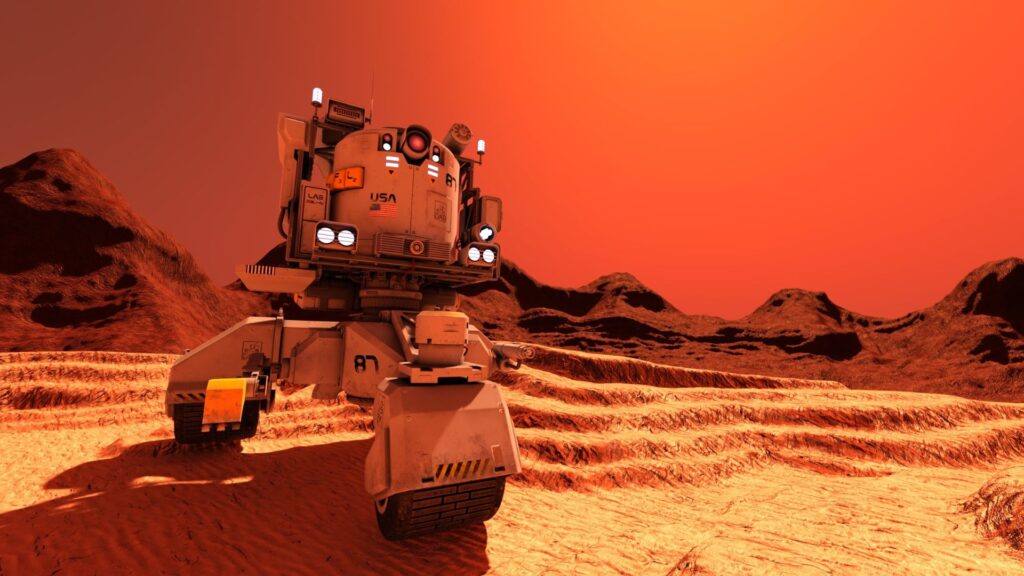A mineral that had never before been discovered in its pure form on Mars was discovered by accident by the Curiosity rover.
According to a NASA news release, the rover’s wheels crushed a section of rock on the planet’s rocky surface on May 30, revealing crystals of elemental sulfur, an unexpected and rare find.
Pure Sulfur

“It’s probably one of the most unusual things that we found the entire 12-year mission,” says Abigail Fraeman, the Curiosity mission’s deputy project scientist.
Even though there are many different kinds of sulfur on Mars, this is the first time that scientists have found pure sulfur.
A Complete Accident
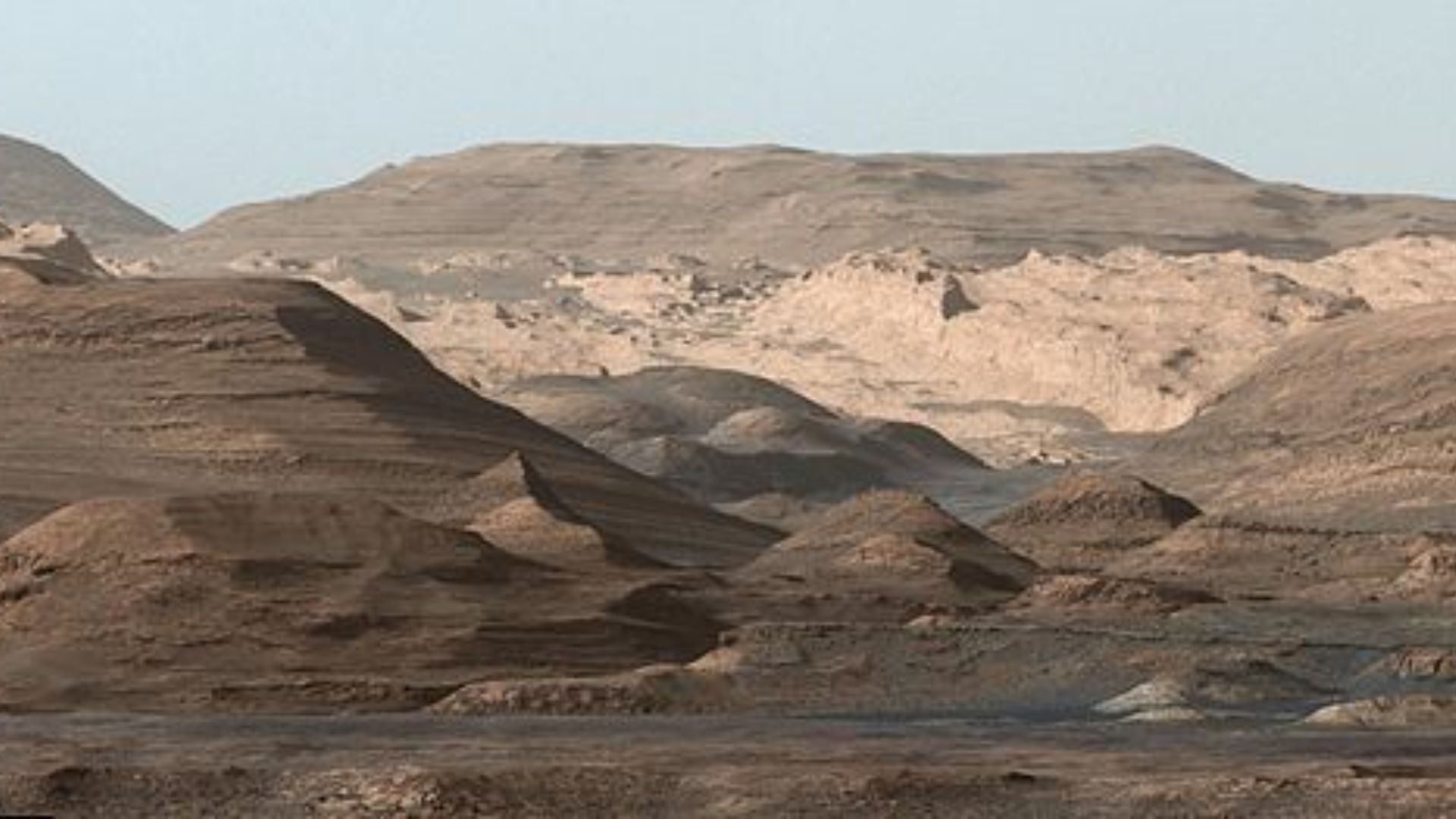
According to CNN, the rover found the yellowish-green crystals completely by accident, by simply driving over rocks and cracking them open.
“I think it’s the strangest find of the whole mission and the most unexpected. I have to say, there’s a lot of luck involved here. Not every rock has something inside,” said Ashwin Vasavada, Curiosity project scientist at NASA’s Jet Propulsion.
Large Quantity

Fraeman stated, “Usually, it’s coupled with oxygen and other elements that make it into a salt or something similar, but what we found here was just chunks of pure sulfur.”
Elemental sulfur is odorless and is a bright yellow color. Scientists were surprised to find such a large quantity on Mars, as it only forms under a limited set of conditions.
‘Convict Lake’
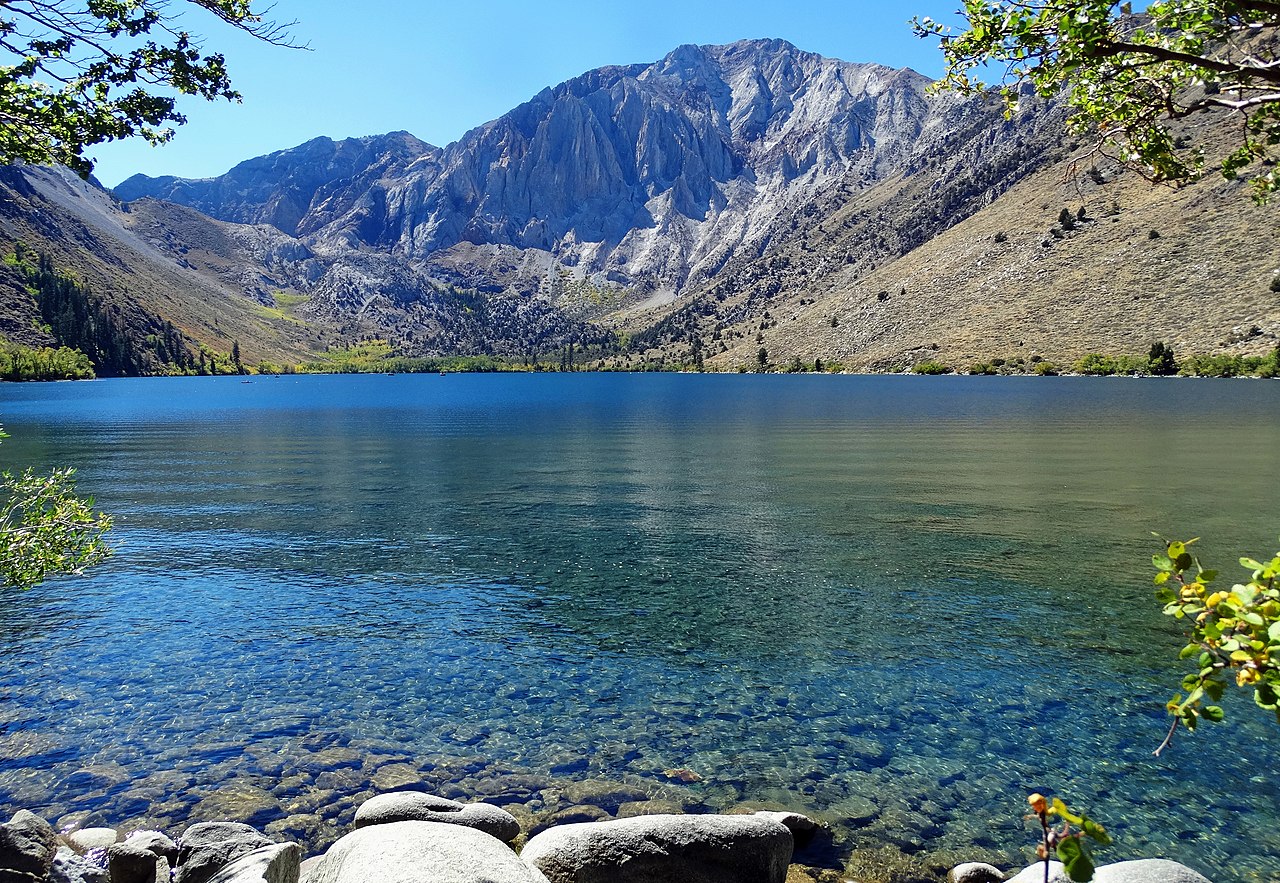
Fraeman stated, “It’s telling us something new about the history of Mars and what sorts of potentially habitable environments it’s sustained in the past.”
According to NASA, scientists gave the 5-inch sample of yellow sulfur crystals the name “Convict Lake” after a lake in the Sierra Nevada mountains of California.
Mineral Detection
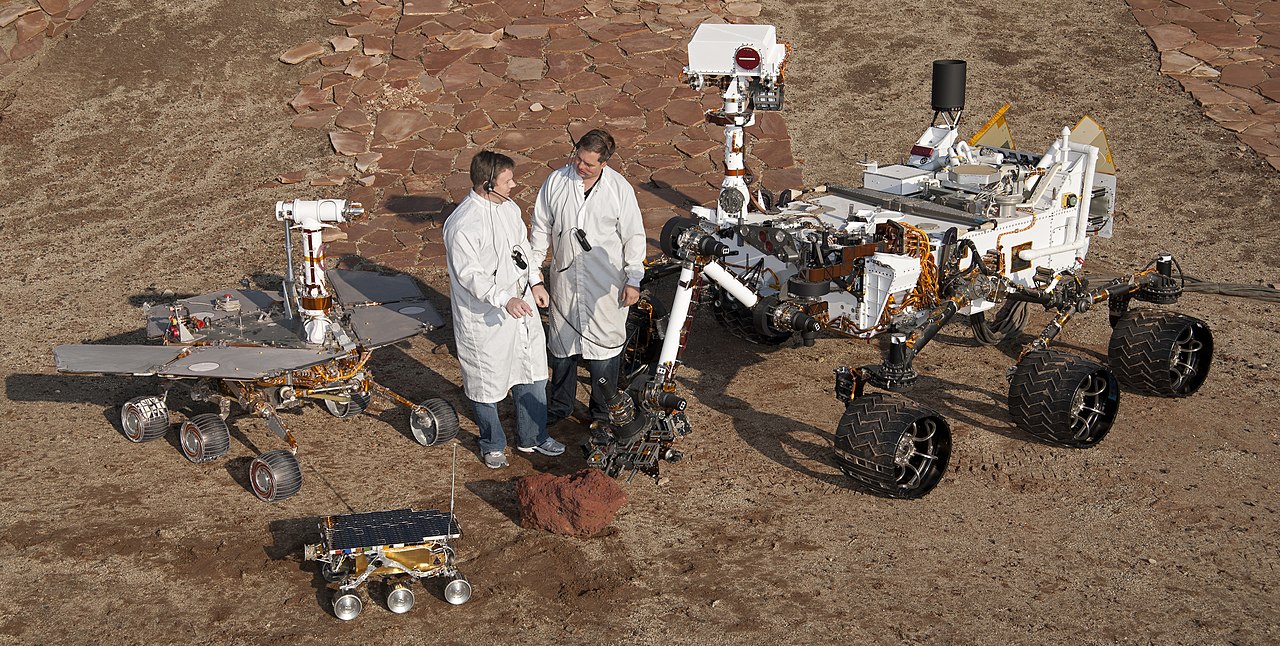
Curiosity captured photographs of the piece of sulfur utilizing its Mastcam, a camera mounted on its head at around human eye level, with a color quality like that of two digital cameras, the news statement said.
The rover later distinguished the mineral utilizing its Alpha Particle X-ray Spectrometer, appended to the end of its mechanical arm.
Sample Discovery
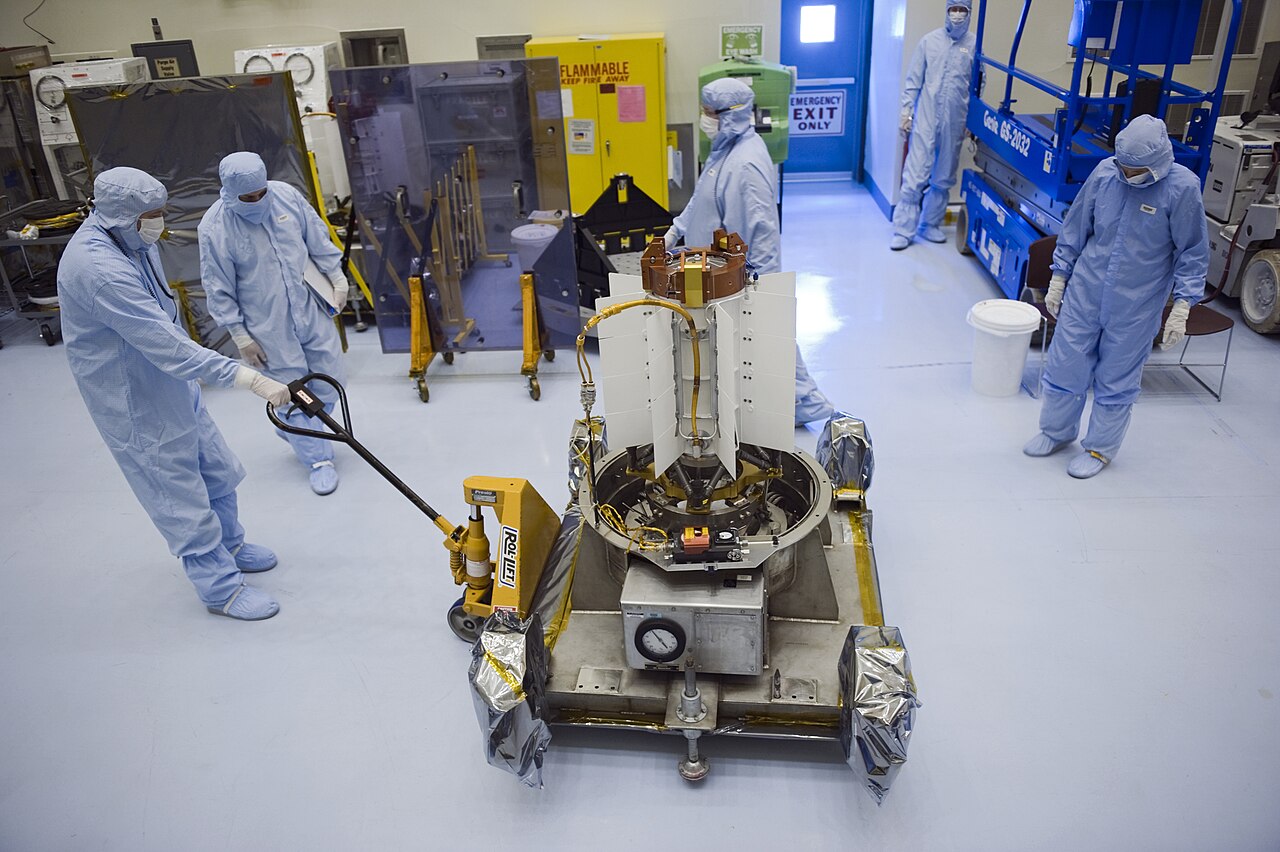
Fraeman claims that Curiosity discovered the sample as it traveled through the Gediz Vallis channel, which winds its way down Mount Sharp.
The revelation came after researchers pivoted Curiosity toward a distinctly colored field of rocks, she said.
Sulfur Abundance
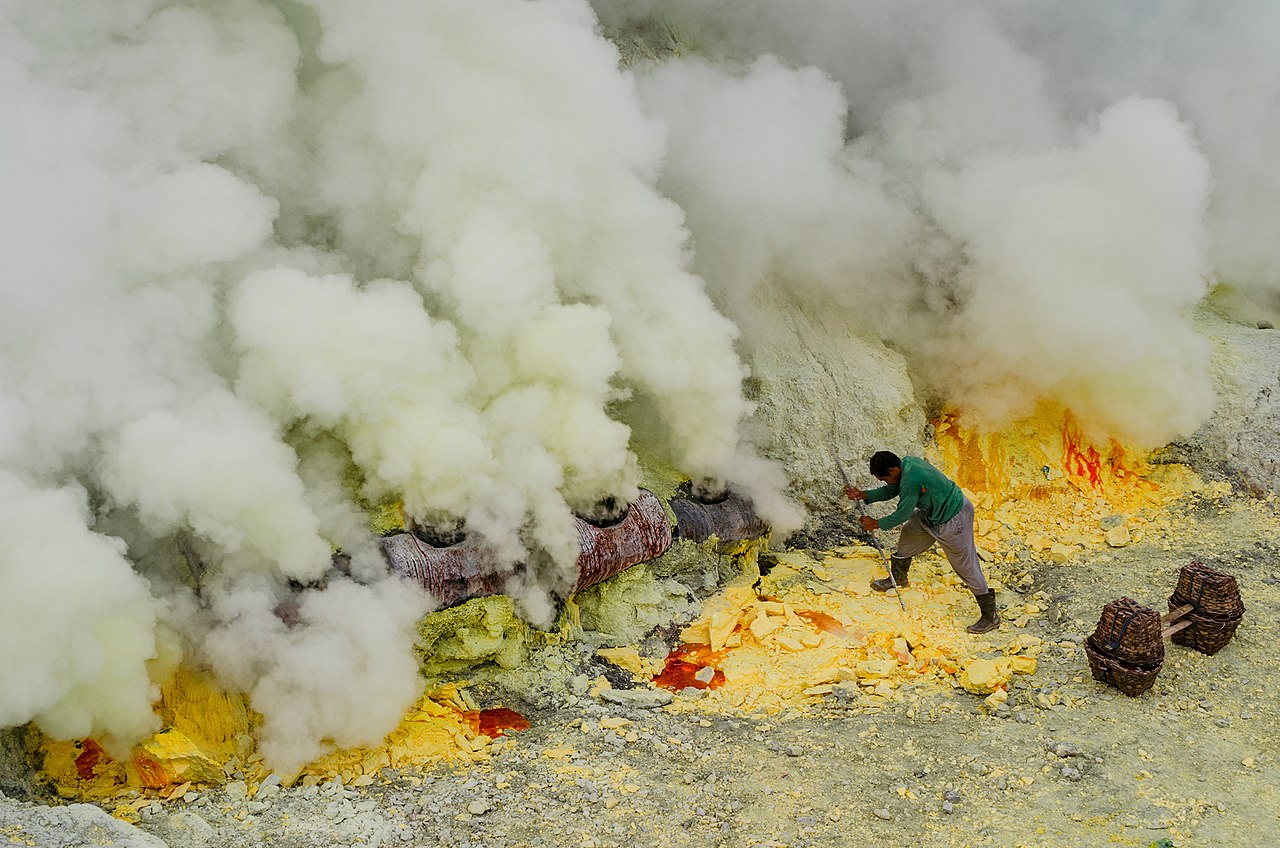
According to the news release, curiosity has been climbing the 3-mile-high peak for a decade.
Sulfates, a sulfur-based salt that formed when water dried up billions of years ago, are abundant in the region.
A Rock That Shouldn’t Be There
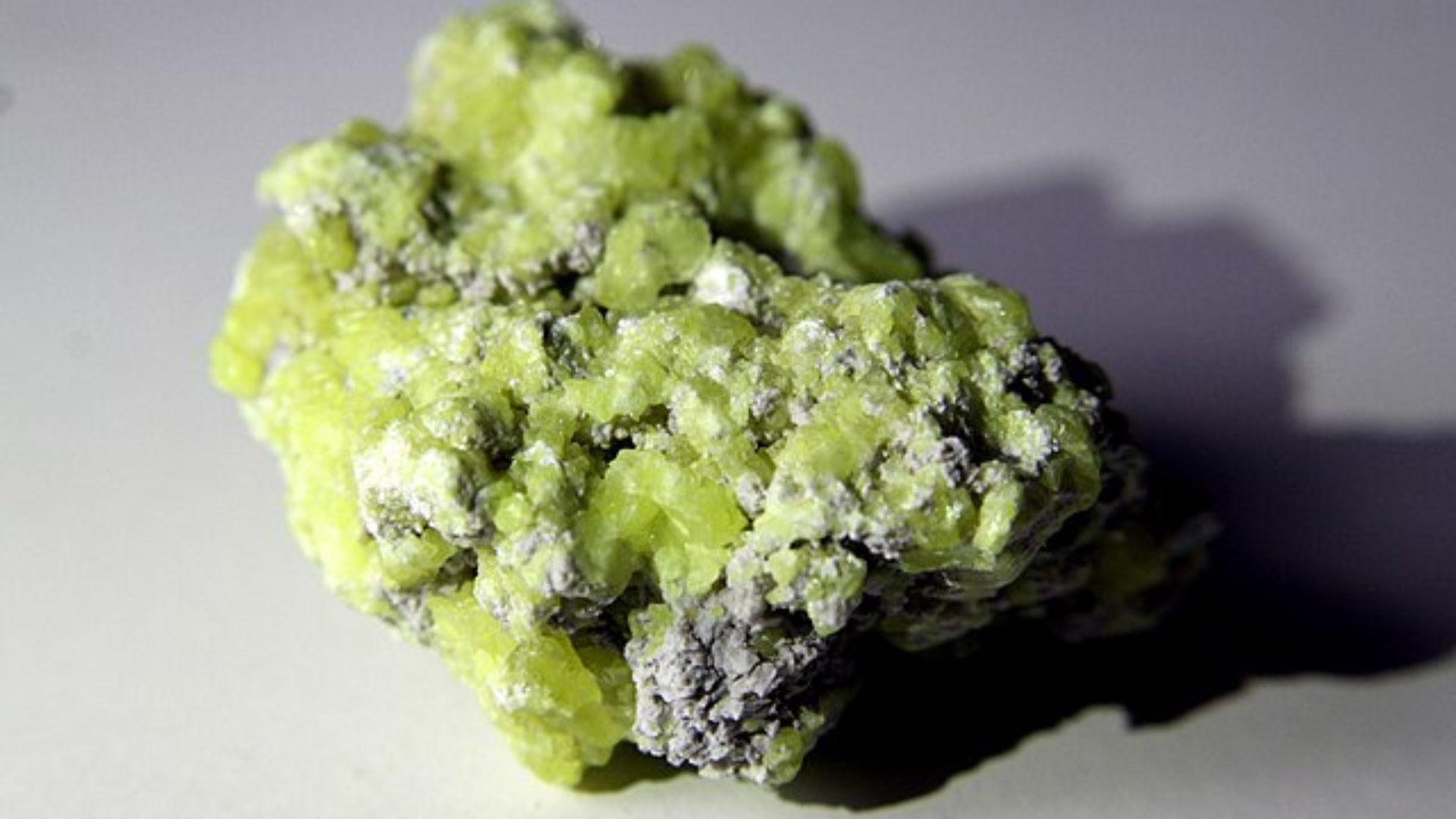
According to the Jet Propulsion Laboratory, sulfur is only found in a very narrow range of conditions.
The reason for the mission is because the sulfur has been found in an environment that scientists do not usually associate with what they already know about the history of the location. “It shouldn’t be there, so now we have to explain it,” said Vasavada.
Presence of Water
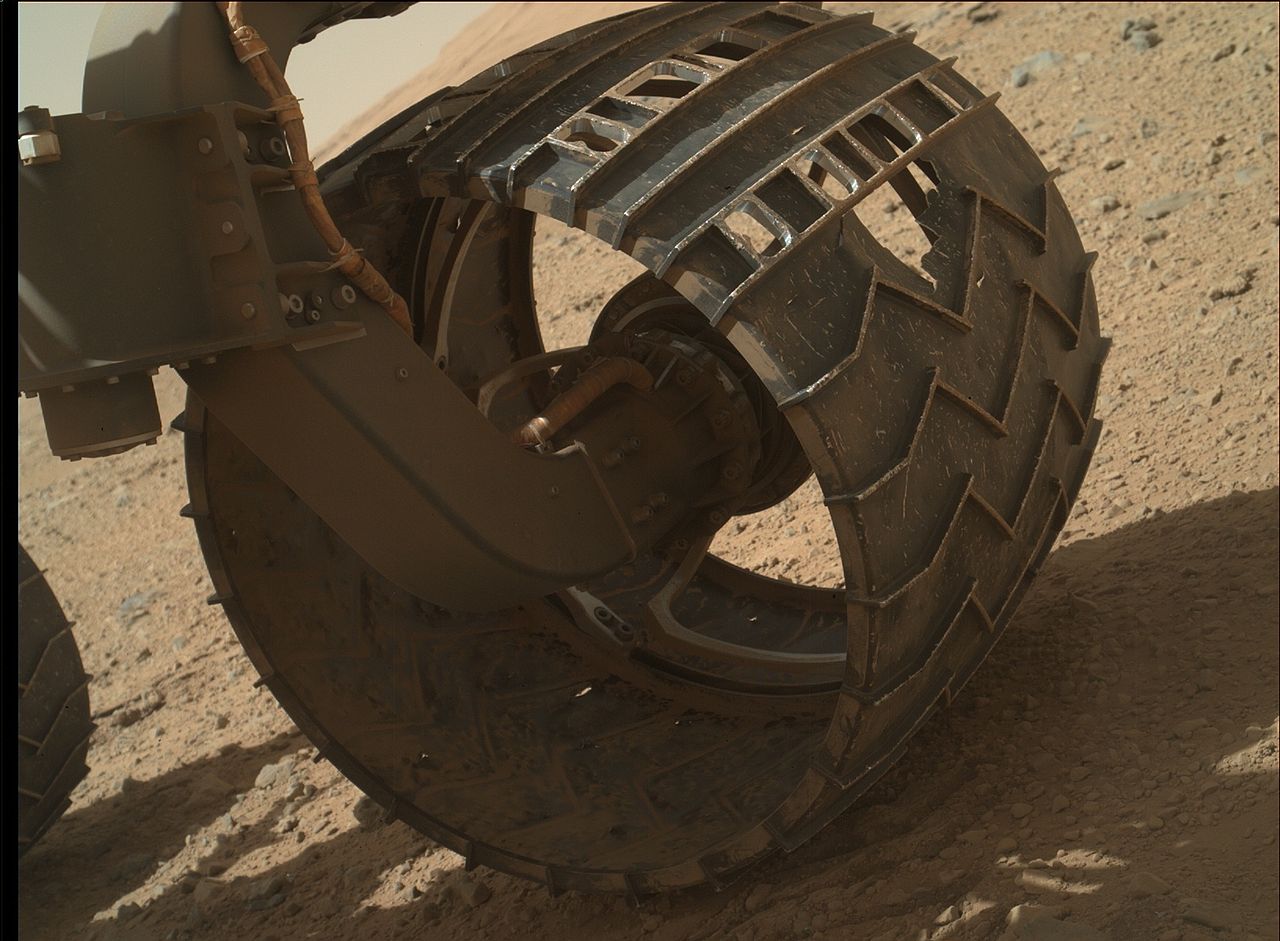
According to NASA researchers, the channel was one of the primary reasons that Curiosity was sent to Mars.
The rounded rocks in the channel, which were probably shaped by the flow of water to look like river stones, support their theory that it was formed by streams of water and debris mixed together. Water is also indicated by the white halo markings on some rocks.
Discovery Potential

According to Fraeman, it will take more time to determine what the discovery may indicate about the type of environment that once existed in the region.
She stated: “Right now, we’re kind of analyzing all of the data we collected and trying to figure out what observations we can make that can either support or cross off some of these environments.”
12 Year Mission
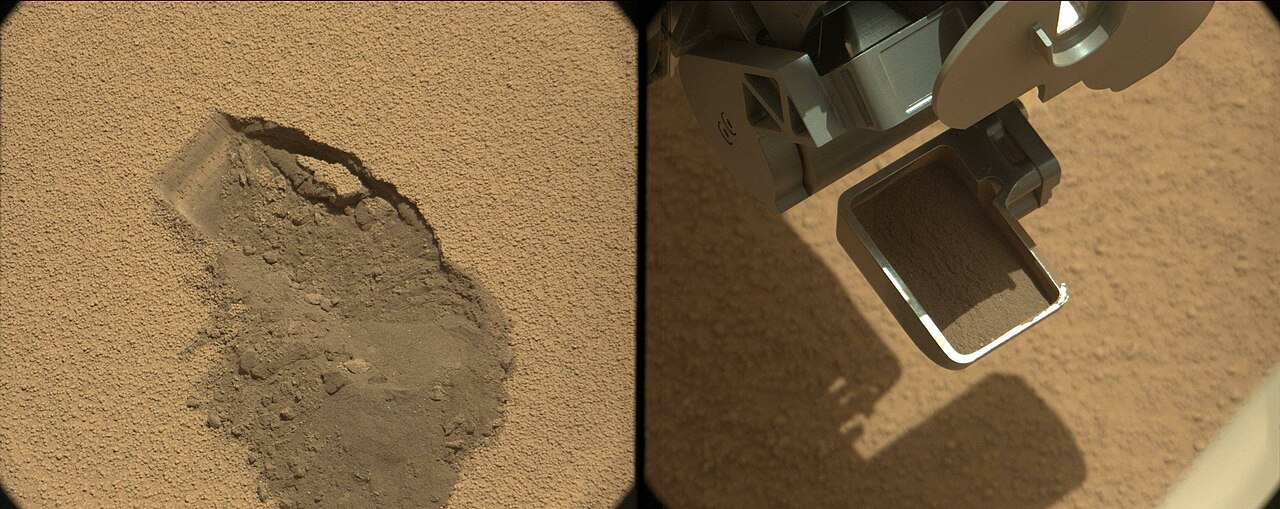
The revelation came on the 4,208th Martian day of Curiosity’s main goal, NASA said.
The mission of the rover, which began nearly 12 years ago, was to determine whether Mars had ever been habitable.
Floods and Landslides
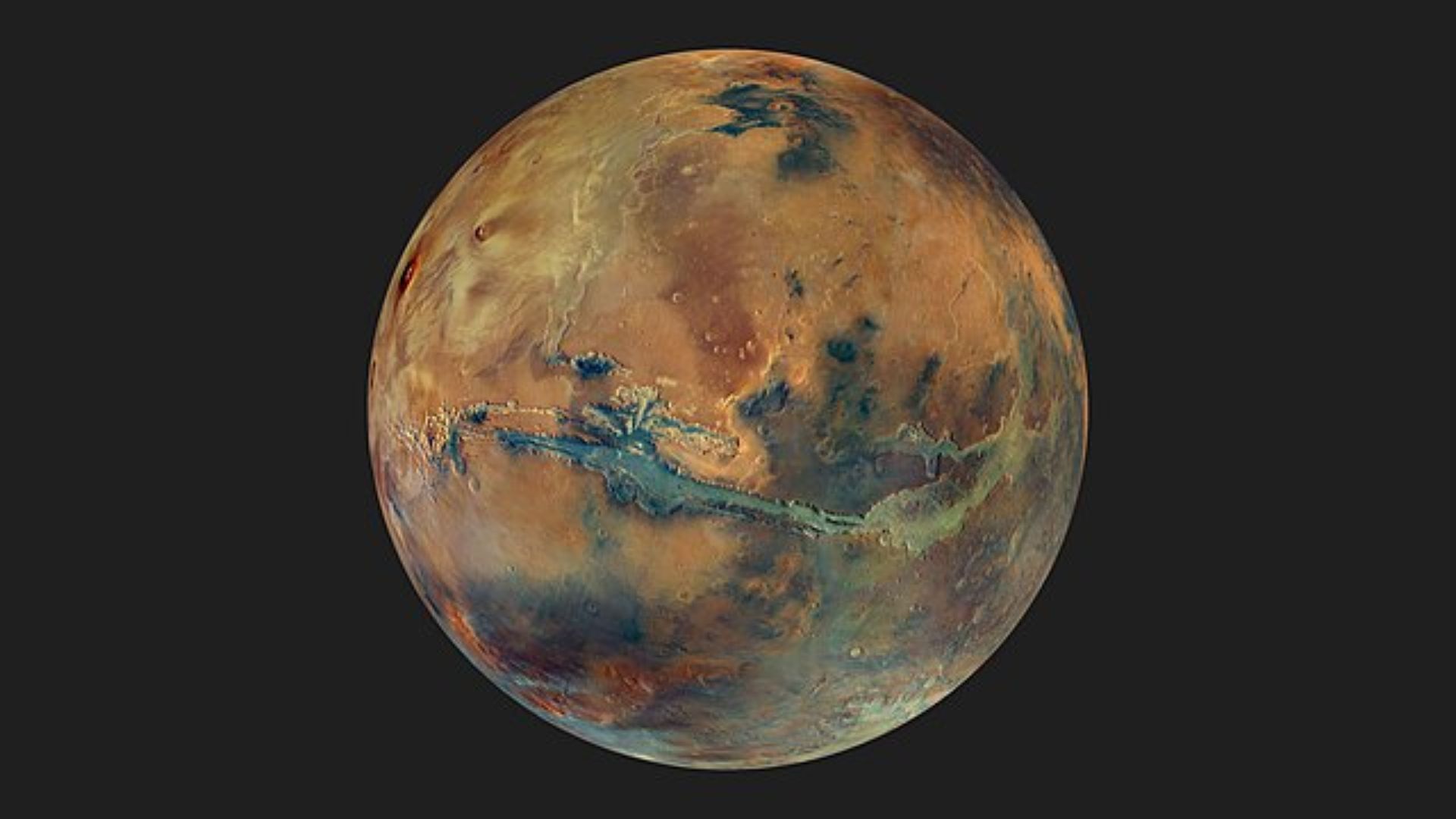
Scientists have been especially interested in the Gediz Vallis Channel since Curiosity’s arrival.
Current research has focused on whether ancient floodwaters or landslides built up large mounds of debris that rose up from the channel’s floor. The latest data suggests that that both theories are a possibility. Some piles were probably left by violent floods and debris while others are more likely to be due to local landslides.
The Basis for the Theory
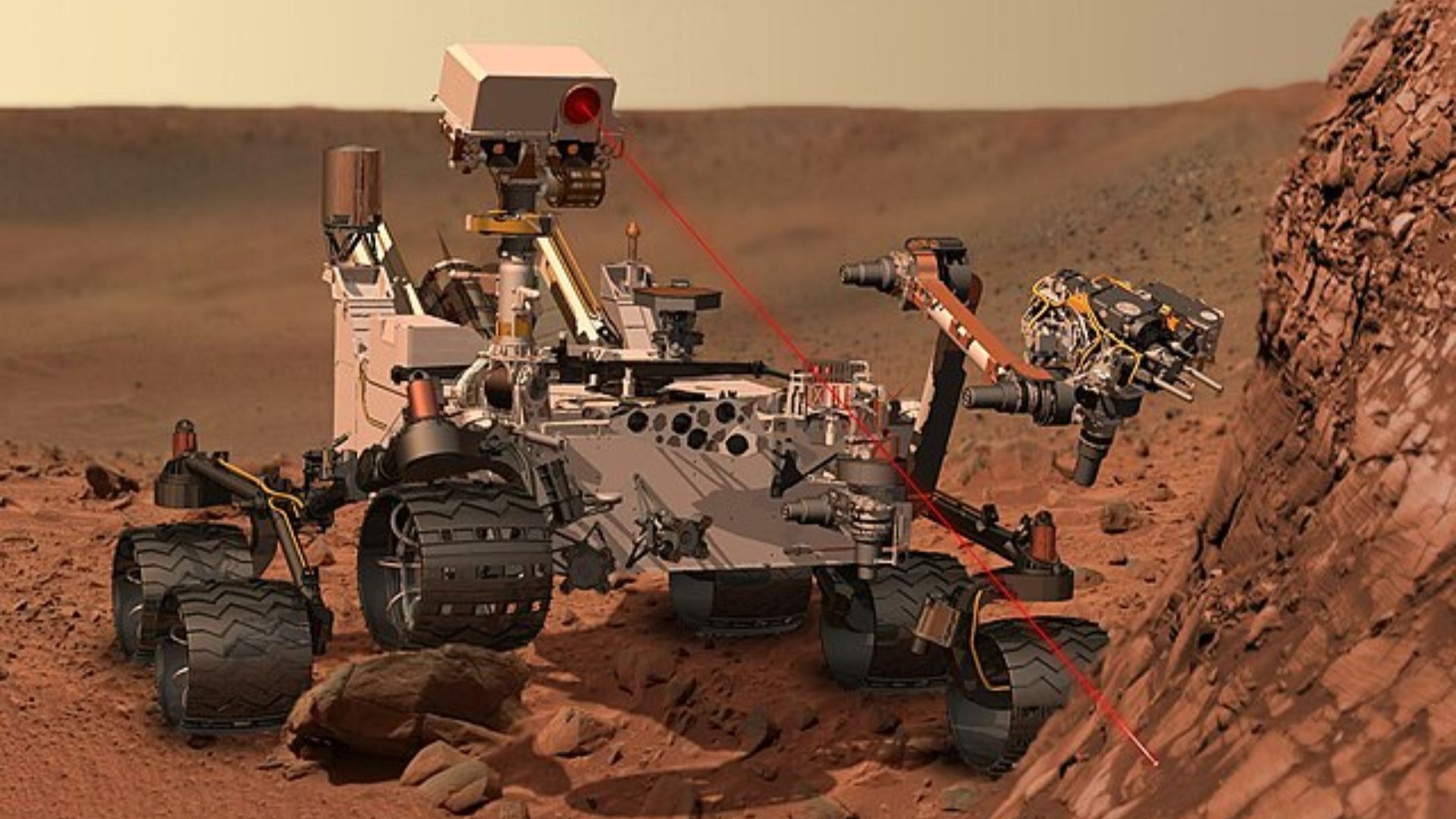
How have researchers arrived at the conclusion of floods and landslides happening on Mars?
Rocks found in the remaining debris mounds show how they were carried. Stones that were carried by water became rounded like rocks we find in our rivers. However, other mounds of debris are filled with sharper, more angular rocks that may have been deposited by dry avalanches.
Halo Shapes
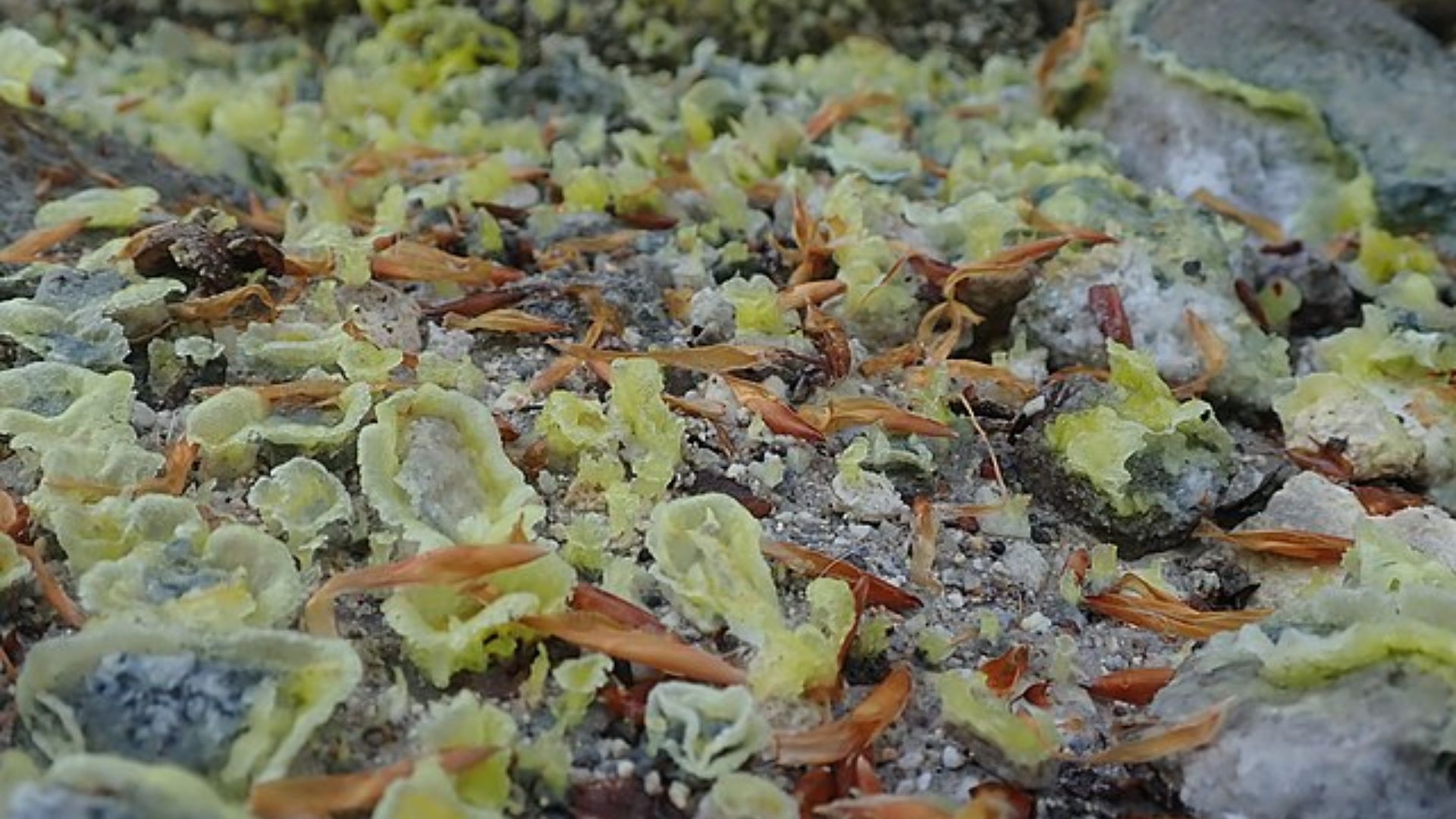
After these floods and landslides, the theory argues that water would have soaked into all the material that settled there.
Chemical reactions caused by the water will have bleached the rocks, leaving white halo shapes on some of them. Over time, the wind and sand has eroded the rocks to reveal these white halo shapes.
The Search for a Sample
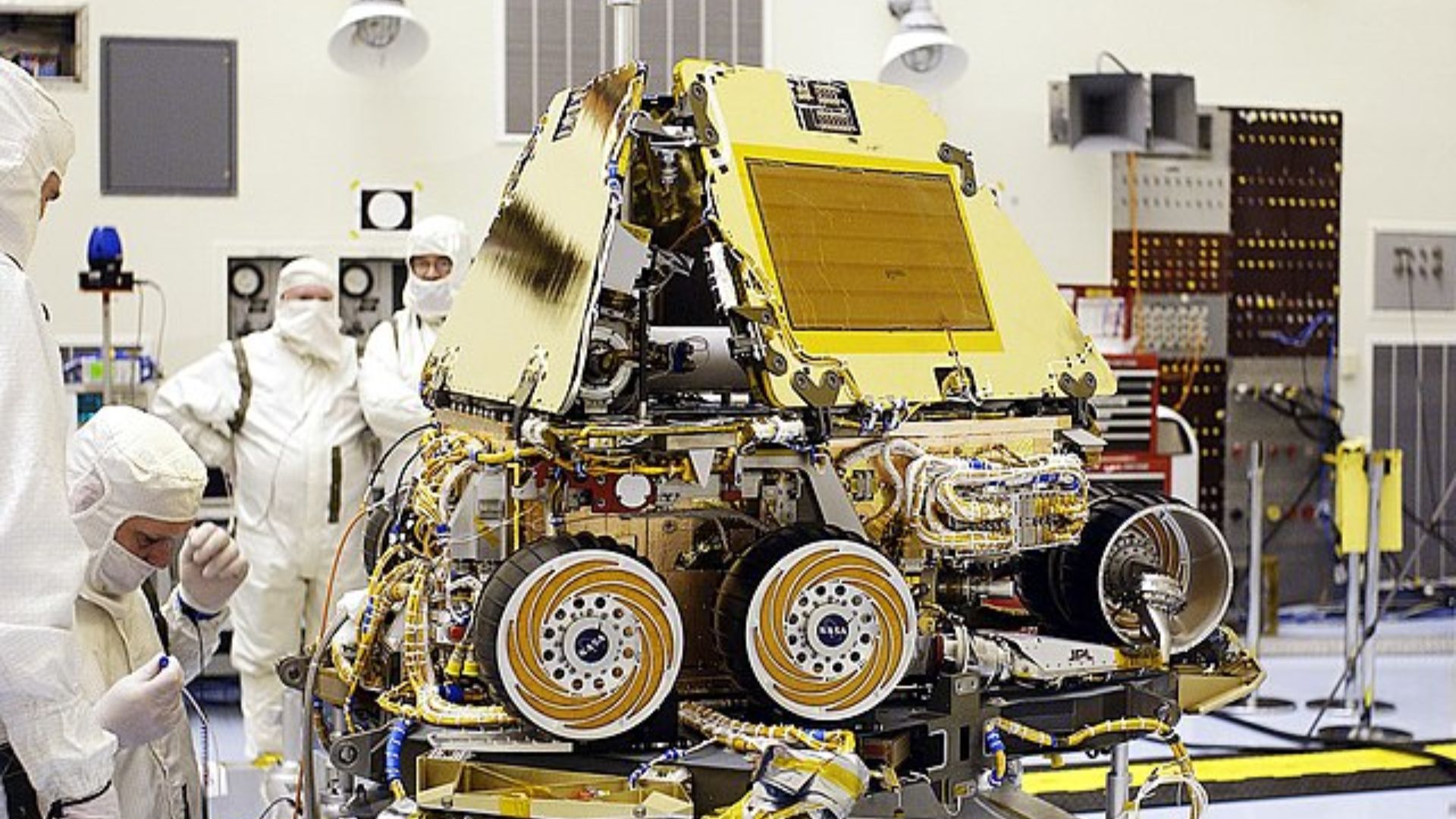
The researchers have been waiting for the opportunity to get hold of a rock sample from the channel to learn more.
The sulfur rocks were too small and brittle to be sampled with a drill. Rovers were sent to the “Mammoth Lakes” to find a part of the rock that could handle safe drilling and safe parking on the sloping surface.
The 41st Hole
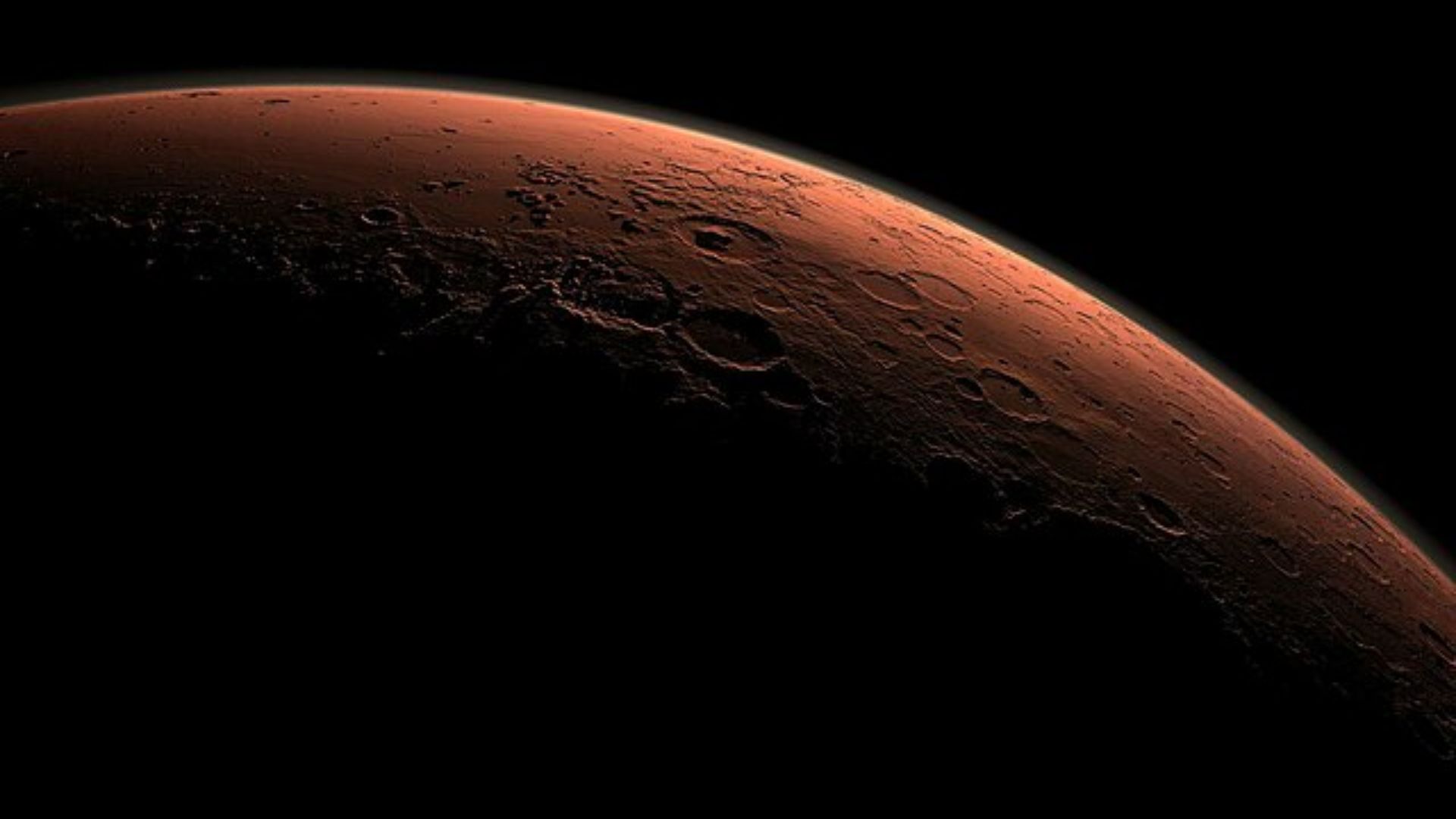
Using its powerful drill, Curiosity had dug its 41st hole in the ground by the time the rover had stumbled upon the sulfur crystals on accident.
The drill the rover uses is at the end of its seven-foot robotic arm. Drilling into the rock, the rover would trickle the powdered rock into instruments that sit inside its main body for further analysis.
Mission Success
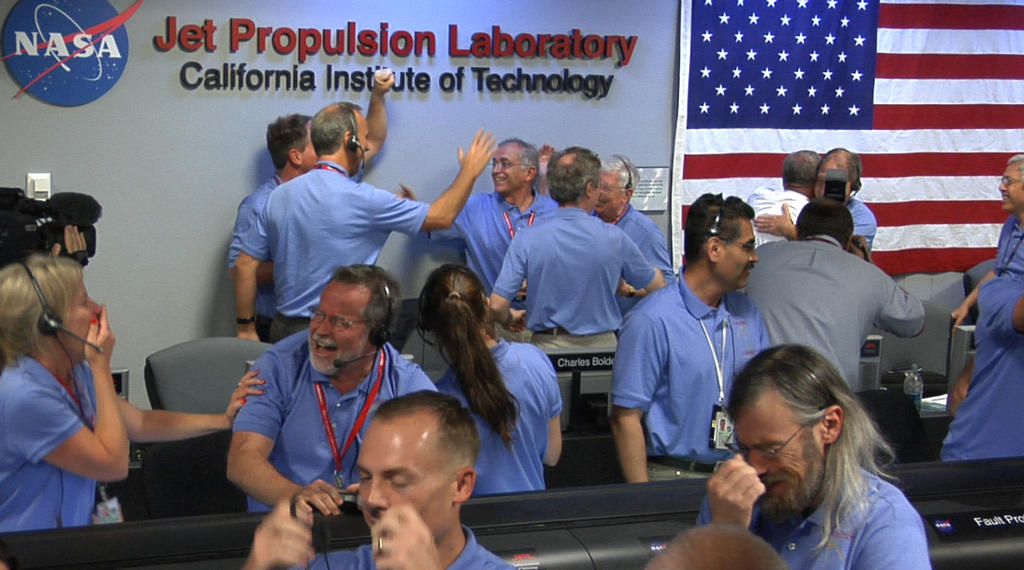
And it has seen success. At the beginning of the mission, Curiosity found chemical and mineral evidence that the planet’s environment was once suitable for microbes, which are small life forms.
Fraeman stated, “We’ve certainly found with Curiosity that Mars was not only once habitable, but it was habitable for an extended period of time.”
Organic Particles
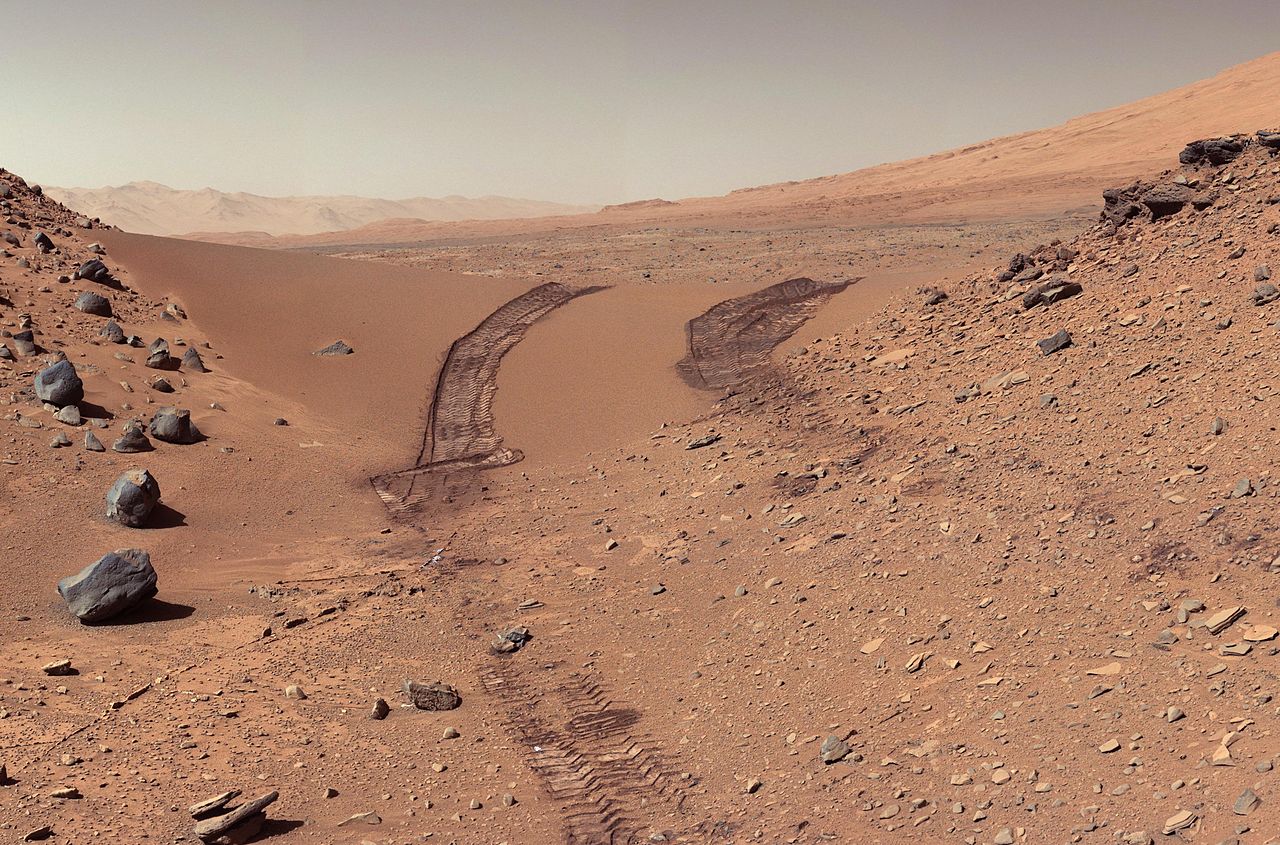
In 2018, Curiosity found organic particles in a hole that researchers think was once a shallow lake. The molecules, which are analogous to the building blocks that make up oil and gas on Earth, demonstrated that the crater was habitable 3.5 billion years ago, approximately at the same time that life began to develop on Earth in similar circumstances.
To investigate the Martian atmosphere and environment, the $2.5 billion rover has a plethora of tools, including 10 science instruments, spectrometers, radiation detectors and sensors.
Previous Discoveries
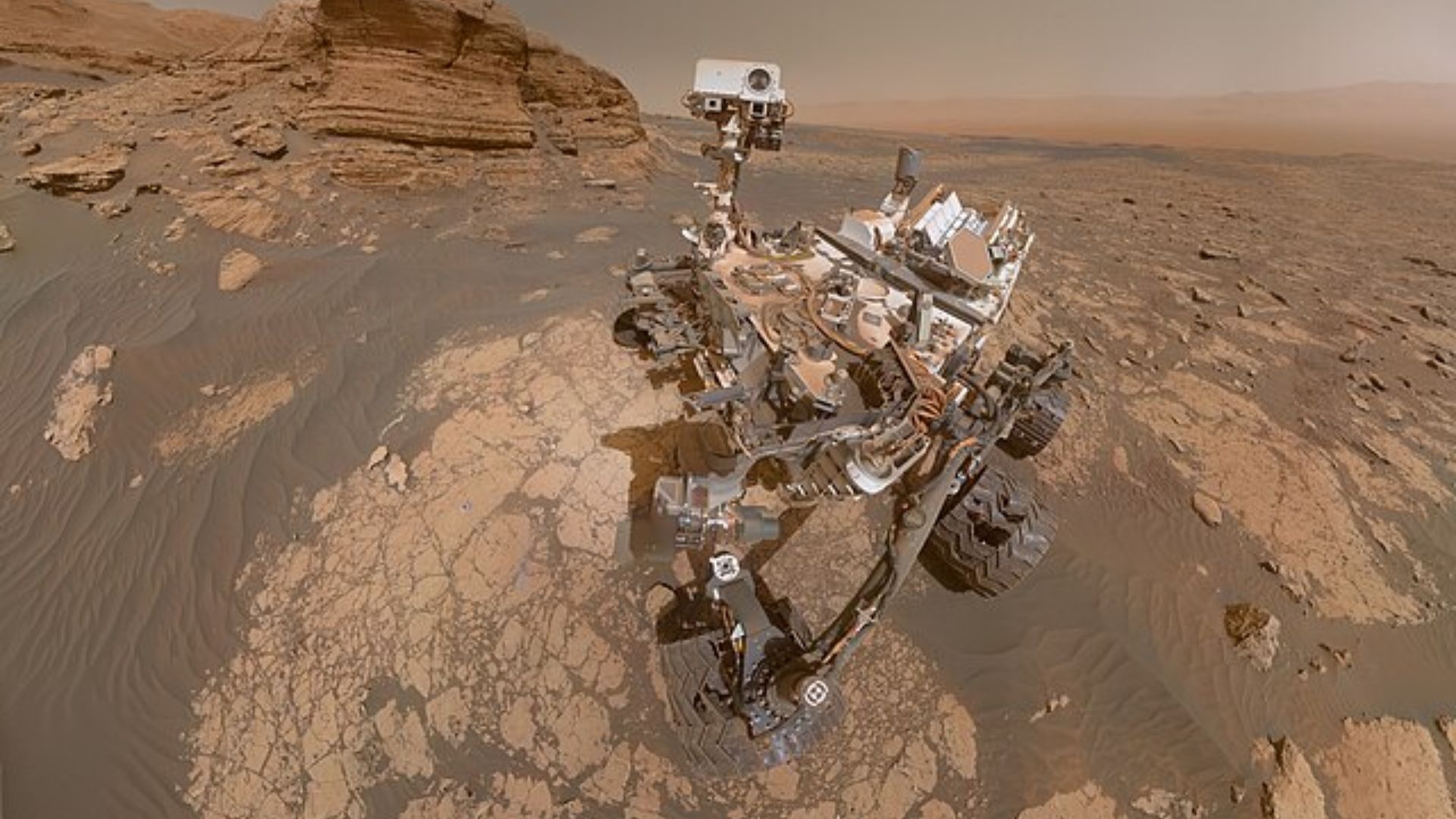
This is not the rover’s only discovery that suggests that this faraway planet may have had hospitable conditions for extra-terrestrial life.
The rover also found lakes that existed for millions of years and the presence of organic materials. However, the uncovering of sulfur is one step closer to proving the existence of life on Mars. “My jaw dropped when I saw the image of the sulfur,” said Briony Horgan, co-investigator on the Perseverance rover mission.
A Building Block to Life
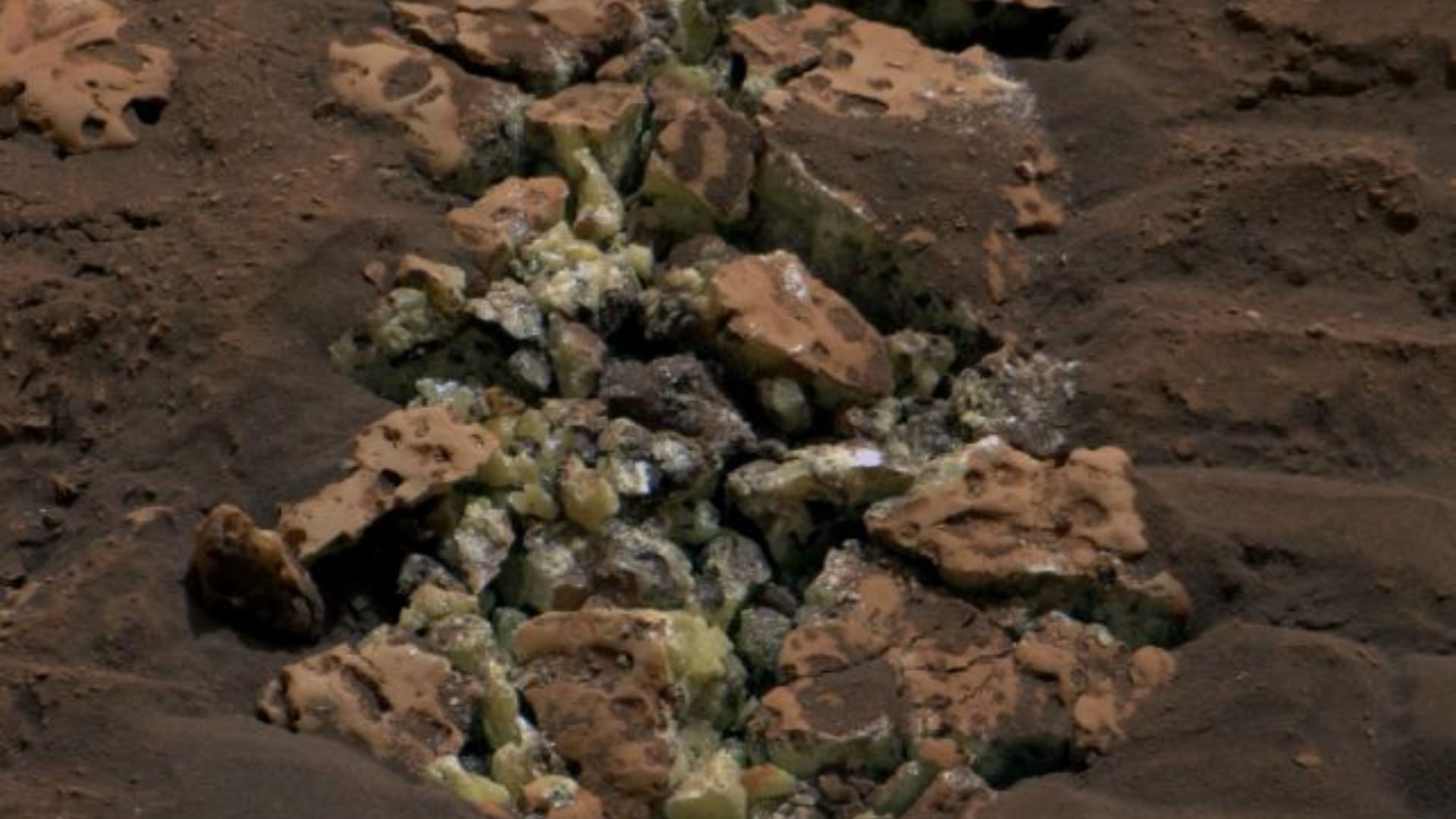
Why is it so important that the rover found pure sulfur on Mars? Sulfur is foundational to sustaining all forms of life.
Sulfates are used to make two of the essential amino acids that living organisms need to make proteins. Other than finding bits and pieces that living beings would find useful such as water and past hospitable conditions, sulfur is a definitive pathway to life.
Curiosity Rover’s Next Steps
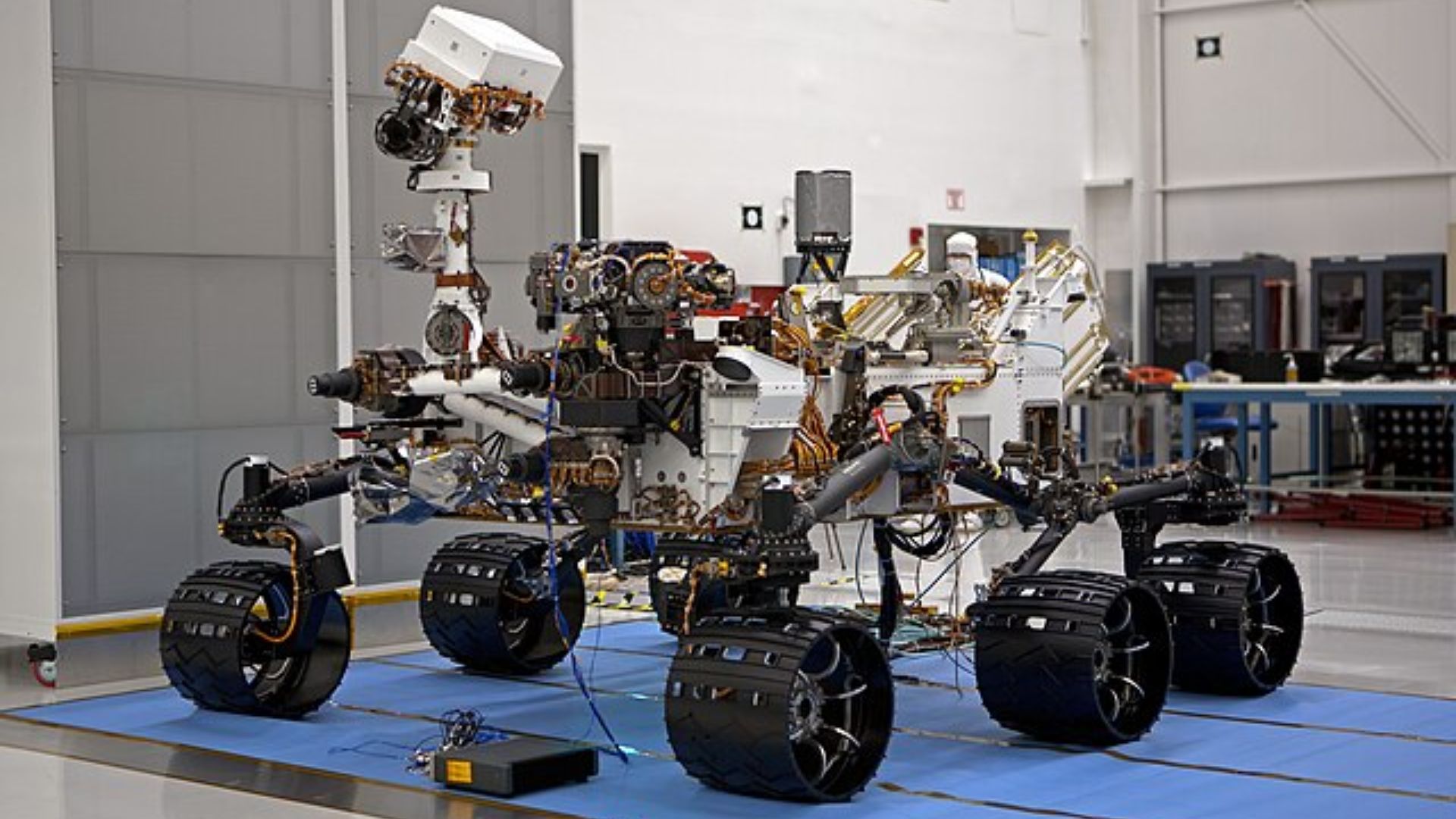
Having completed its mission by finding pure sulfur crystals, the Curiosity Rover is moving onto its next project.
Wheeling away from the Gediz Vallis Channel, the rover will head back on to the boulder “Mammoth Lakes”, in search of more sulfur to see if there was also water on that part of the planet.
A Rover in Good Health
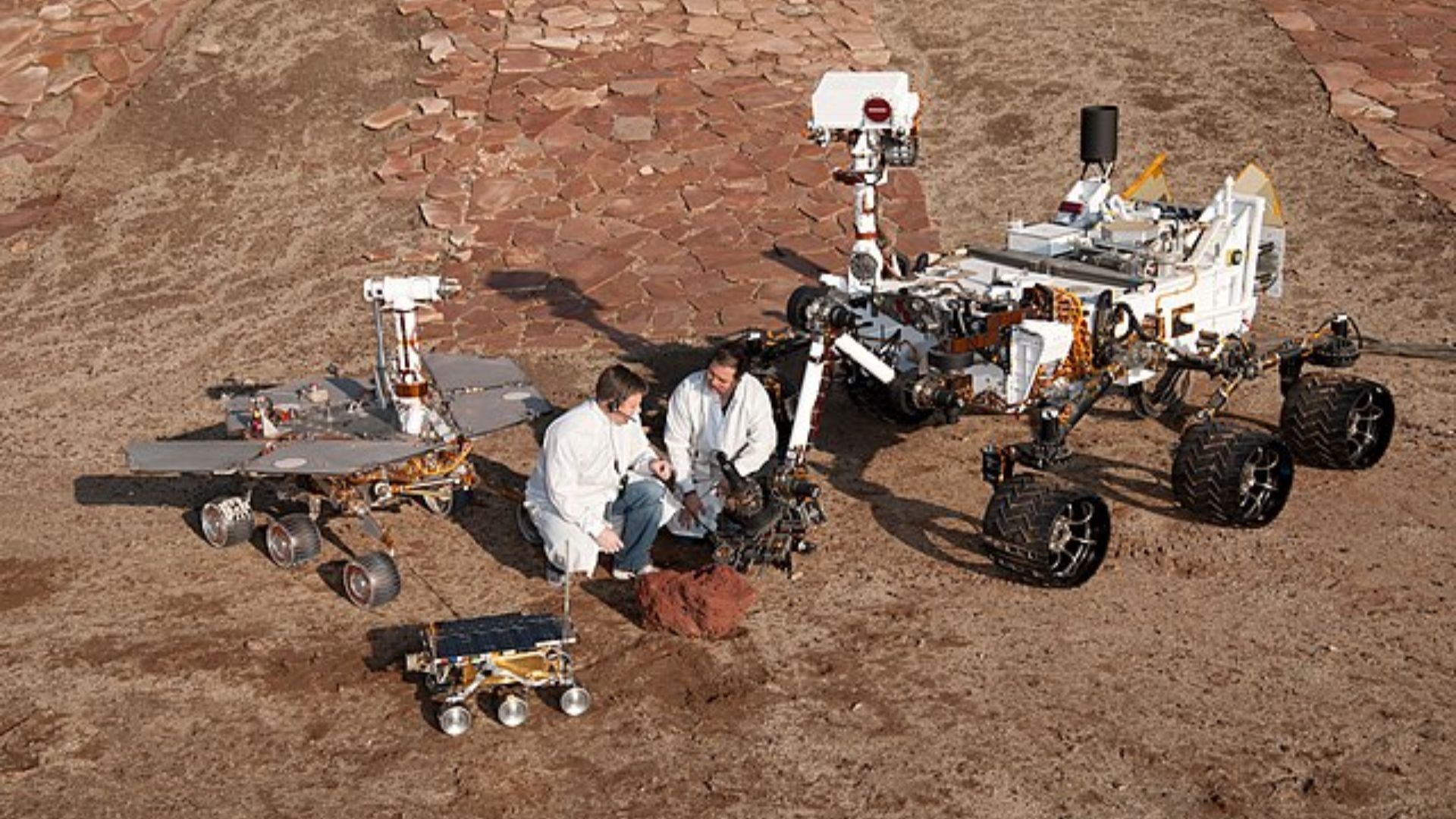
The Curiosity’s research team are increasingly worried about its health. Throughout 12 years of wear and tear, there have been several close calls such as wheel issues and mechanical problems.
But for now, Curiosity remains in good health. Vasavada said: “I feel very lucky, but we all feel cautious that the next one may not only by a close call, so we’re trying to make the most of it.”
A Lay of the Land
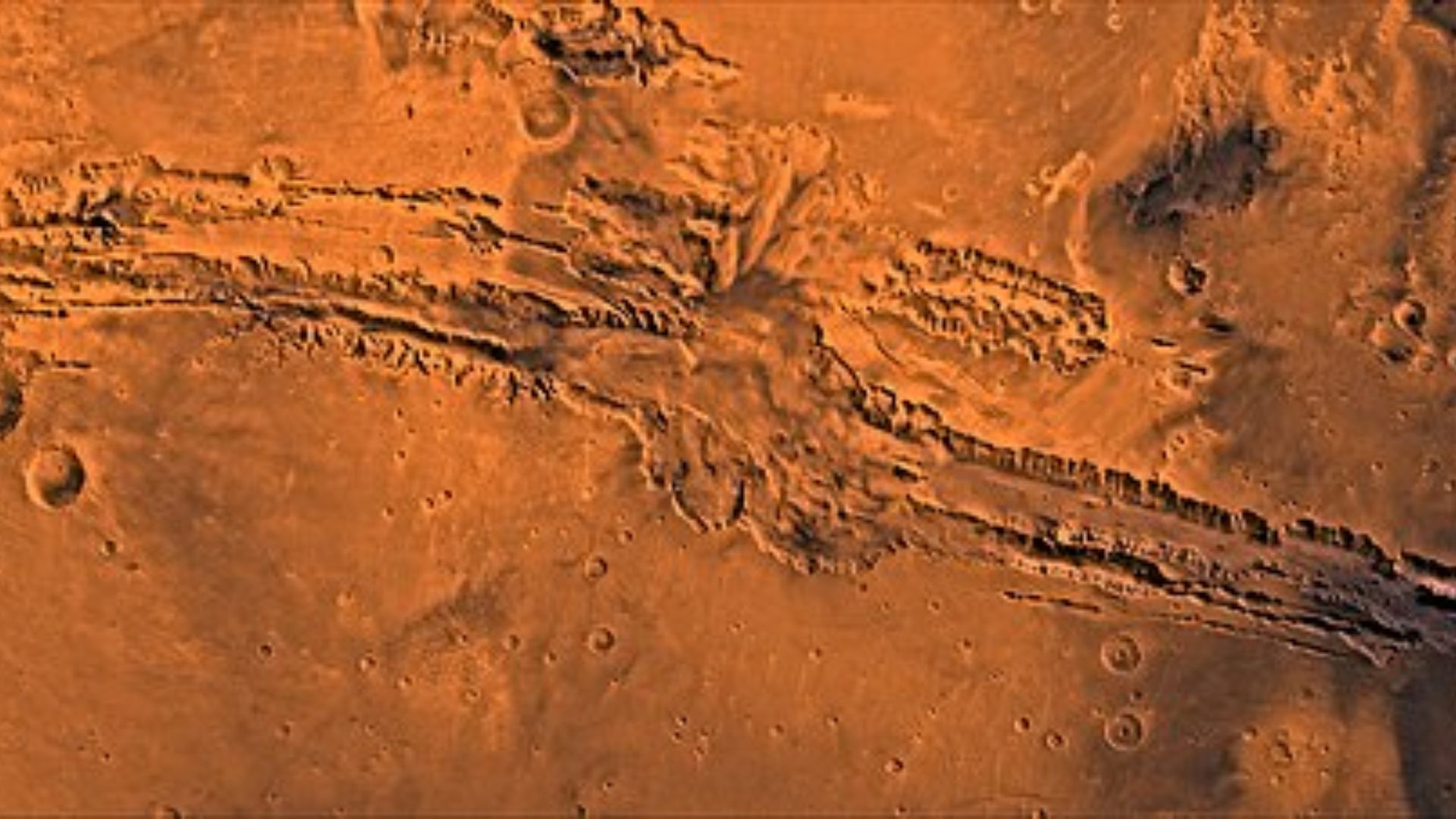
Based on what we already know about the sulfur the rover discovered, the nature of Curiosity’s mission has changed somewhat.
The next step could potentially involve some detailed modeling of the planet’s geological evolution. In the meantime, Curiosity will continue to collect data on the sample it analyzed in the Gediz Vallis channel before moving on to the Mammoth Lakes.
